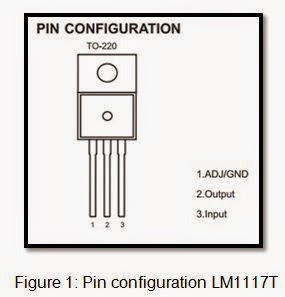Title of activity: Industry day S2’2014
Venue: Gemilang Hall
Time: 8.00am – 12.30pm (FYP 2 Degree Presentation)
· 8.00am (booth and poster setup)
·
All students of FYP 2 must register first
before assessors are coming 9.00am (assess begins)
·
Assessed by Sir Akram Dandu and Dr Nubli
Project Presentation Assessment Criteria:
·
Clarity of the project introduction
·
Clarity of the objectives and achievement of
the objectives
·
Clarity of project background and methodology
·
Understanding of results, results analysis/
discussion and conclusion of the project
·
Functionality - rational reasons are given
for non-functionality or partially working project with reasonable and
acceptable explanation
·
Innovative and Creativity - project design in
terms of neatness, creativity, innovative, marketability, sophisticated,
futuristic and practical applications
·
Clarity of explanation and structure of
research outcomes / findings / simulation results
·
Understanding of case study, results and data
analysis/ discussion and conclusion of the project
·
Originality and preparation of materials
·
Ability to handle questions - able to answer
correctly to questions related to the facts, theories and process presented
·
Understanding of project – demonstrate
sufficient knowledge gain from the project
·
Interpersonal skills
.JPG)




















